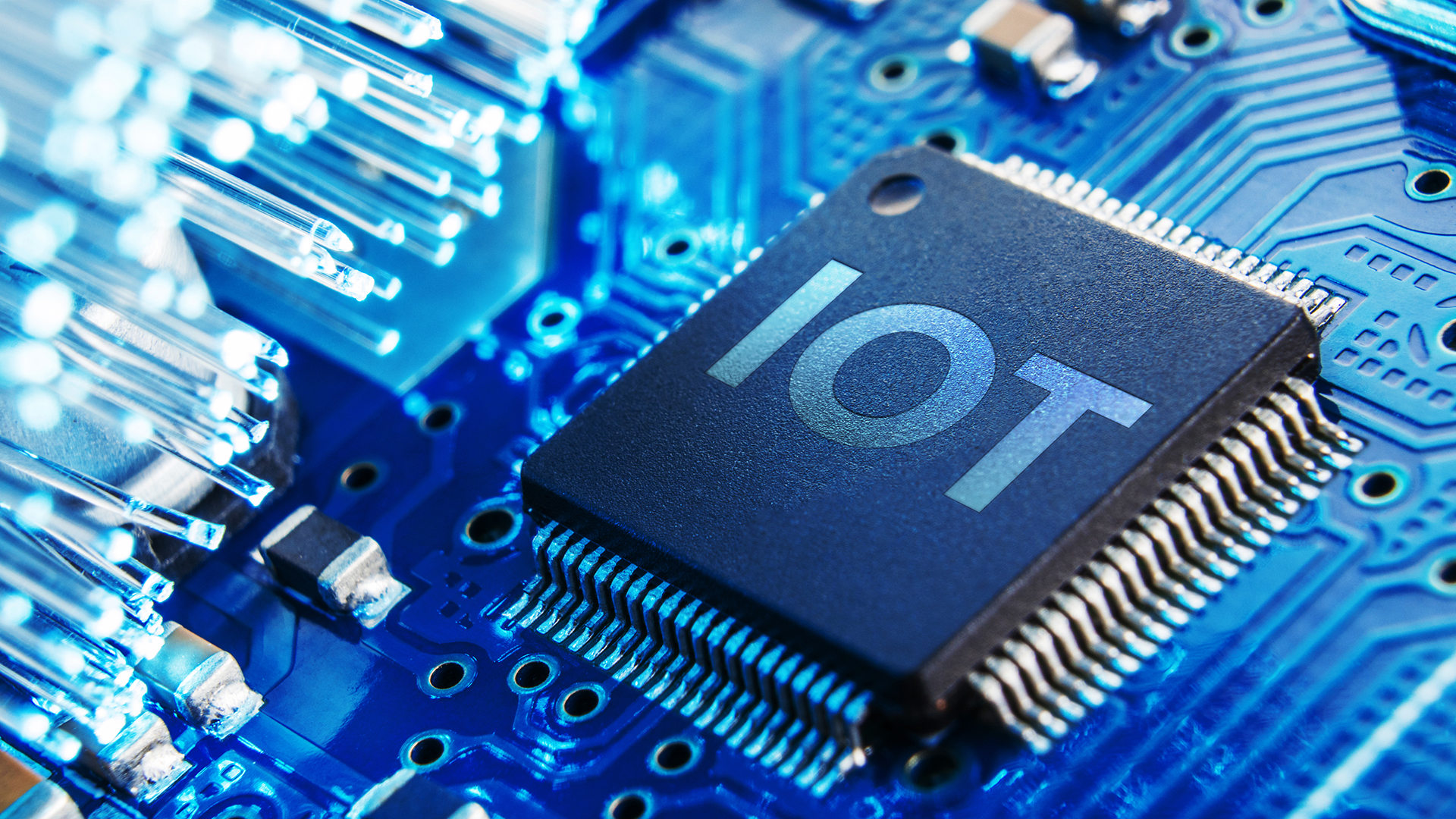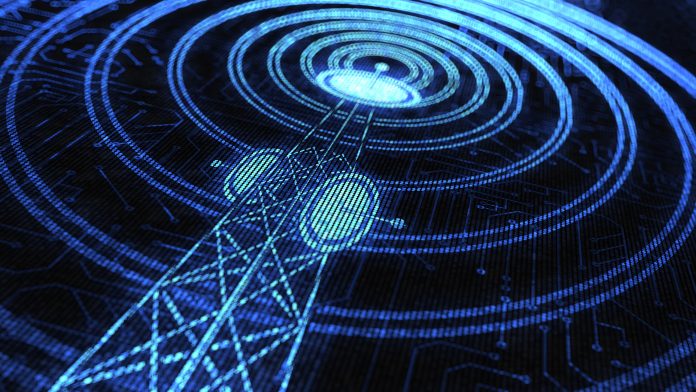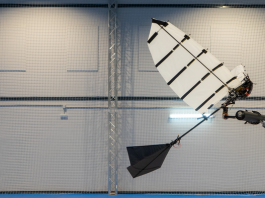Scientists at the University of Central Florida have developed an innovative technology that harvests energy from radio waves to sustainably power the Internet of Things.
The boom of the Internet of Things (IoT) represents an exciting evolution for technology and may help to shape a greener future, making aspects of daily life and industries more efficient. US researchers have now pioneered a novel way to enhance sustainability, developing a technology that converts radio waves into direct current electricity to power the IoT and communications systems.
IoT energy consumption is on the rise
The IoT is all around us and is a crucial component in various everyday technologies and appliances. The IoT connects a range of smart technologies via the web, including wearables, phones, televisions, and even toasters, allowing them to communicate through secure, private internet connections. However, despite the IoT potentially being crucial for powering the fourth industrial revolution, sustainability issues persist.
Today’s wireless systems are heavily reliant on batteries, which have an energy supply that will soon be surpassed by the growth of communication data and IoT devices.
Reza Abdolvand, professor and chair of the university’s Department of Electrical and Computer Engineering and lead inventor of the technology, commented: “The growth is also limiting availability in the radio frequency spectrum. One reason is that today’s systems use part of their limited power budget to sense and monitor the amount of signal power they transmit and receive instead of solely amplifying the signal. This sensing is both for regulation purposes and maintaining transceiver performance.”
To overcome these issues, the researchers developed technology that can reduce the electronic industry’s dependence on batteries and broaden the expansion of the IoT.

Generating sustainable energy from radio waves
The team’s innovation integrates power scavenging and spectrum sensing capabilities for ultra-low power applications. The passive module eradicates the need for power-hungry radio frequency-sensing modules, instead harvesting ambient energy, mainly from radio waves, which are the most common form of communication between IoT nodes and hubs.
The conversion of radio waves to a direct current operates in a sub-millimetre footprint and within a lithographically defined frequency range. The spectrum availability issue was averted by the researcher by enabling the technology to handle more intelligent data transmission between the IoT nodes and hubs so that the IoT node understands the frequency occupancy in its proximity.
How could the technology be used?
A potential application of the technology could be for wake-up radios, which remain dormant and use zero power before being activated. The radios could be fitted with the zero-power radio frequency-to-direct current conversion scheme and scavenge energy and scavenge radio frequency power from nearby modules. Moreover, the radiated radio frequency power that would usually be wasted could be scavenged by the module and stored in a battery or capacitor.
Co-inventor Hakhamanesh Mansoorzare, a postdoctoral researcher in Abdolvand’s lab, concluded: “I am truly excited that this technology, which is an offshoot of my PhD, could help towards a more sustainable future.”









